People with long-term conditions often prefer home care. Yet inadequate support means they often end up in hospital, at a cost to the NHS. Our expert panellists discussed how this problem can be addressed. By Alison Moore
Panellists
Ade Adeyemi, integrated care project lead at UCLH Foundation Trust
Amanda Cheesley, RCN professional lead for long-term conditions and end of life care
Amie Day, home ventilation clinical support for Philips Healthcare
Colin Gelder, respiratory consultant University Hospitals of Coventry and Warwickshire Trust
Adrian Hayter, NHS Clinical Commissioners board member and chair of Windsor Ascot and Maidenhead CCG
Mike Roberts, lead for the national COPD audit programme at the Royal College of Physicians
Jeremy Taylor, chief executive of National Voices – chair
Jane Wells, director of nursing at Oxleas Foundation Trust
Steven Wibberley, chief operating officer British Lung Foundation
The 15 million people who live with long term conditions in the UK consume 70 per cent of the NHS budget – and often end up in a hospital bed when they could be looked after at home.
An HSJ round table brought together clinicians, managers and others to look at what more can be done to keep patients in their normal place of residence. Many patients would prefer this to repeated hospital admissions – and it could save money for the NHS.
Common conditions, chronic problems
The discussion looked at chronic obstructive pulmonary disease (COPD), one of the most common long-term conditions, which exemplifies many of the issues faced by those with other illnesses. These include a lack of integration of services, unmet physical and mental health needs, and poor quality of life for some patients. New technology may offer improved care but take-up has been patchy – and care generally is variable around the country.
In association with Philips Respironics. Click here to visit COPD Insider.
“We know that the Holy Grail is to enable those with COPD to stay as well as possible and at home for as long as possible,” said Jeremy Taylor, chief executive of National Voices and chair of the roundtable. “What does good look like and what can we learn from good practice – and how can it be supported?”
There was agreement around the table that patients received a different quality of care depending on where they lived. “There are pockets of good practice but what we don’t see, despite NICE guidance and policy, is universal good practice,” said Steven Wibberley, chief operating officer of the British Lung Foundation.
COPD has also not had the national attention of some services, such as cancer, and has not seen the outcome improvements they have. There is no national clinical director in this field, for example, something which members of the panel felt would help.
Clinicians and patients may differ in what they view as a good outcome with COPD. For many patients, it could include being able to do the things that are important for them whereas doctors might see it in terms of mortality, said Mr Taylor.
“There is a huge problem with anxiety and depression… the mental health services are not fit for purpose and there is very little support out there,”
Jane Wells, director of nursing at Oxleas Foundation Trust, felt that services had put more emphasis on self-management and building confidence over the last 10 years but there remained issues around depression and loneliness.
Many of these were issues for patients in Coventry where Colin Gelder is a consultant. He described a “Damascene conversion” when he started visiting patients at home and realised how poor their quality of life was. “There is a huge problem with anxiety and depression… the mental health services are not fit for purpose and there is very little support out there,” he said. Around 40 per cent of patients with COPD also had anxiety or depression, he added.
His solution has included social events for COPD patients, which get them out of the house and doing something – even if it is playing bingo or seated dancing. Patients will open up about their problems in these situations – far more than they will in a doctor’s consulting room, he said. Patient word-of-mouth is also helping get more people from a traditionally hard-to-reach group into pulmonary rehabilitation.
Different ways of working
Dr Adrian Hayter, a board member at NHS Clinical Commissioners and chair of Windsor, Ascot and Maidenhead CCG, said identifying patients at high risk of admissions allowed a more personalised service for them – for example, longer consultations. COPD patients with comorbidities were at high risk of several admissions a year. “That means you have to reorganise yourself as a practice and have to think about other ways of supporting patients and of patients supporting themselves,” he added. This could include, for example, commissioning services such as specialist nurses and health coaches to support patients over the phone. Some of this would need to be done across a wider footprint than an individual CCG.
But there are barriers to improvements. RCN professional lead for long-term conditions and end of life care Amanda Cheesley pointed out the downtrend trend in the number of community-based nurses, who are pivotal in providing care to those with long-term conditions. An ageing nursing workforce and difficulties recruiting could make this worse – leaving patients potentially accessing hospital services instead, she added
For Ade Adeyemi, integrated care project lead at UCLH Foundation Trust, leadership was key in persuading people to work differently. “When we encourage our consultants to go out into the community and our GPs to receive them, that is a new way of working,” he said.
“It is a bit of a postcode lottery what support COPD patients have available to them”
In a cash and staff-strapped NHS, there is a need to work more effectively with what is available, suggested Amie Day, home ventilation clinical support for Philips Healthcare. She pointed out using technology to monitor patients can help to spot a patient who is deteriorating while oxygen therapy can be delivered at home and reduce hospital admissions.
But she was concerned about the level of variation in services: “It is a bit of a postcode lottery what support COPD patients have available to them.”
Spreading good practice is always a challenge in the NHS. Ms Cheesley pointed out there had been no shortage of initiatives such as pioneers and vanguards – but spread was still an issue. Sometimes, however, what was promised wasn’t wildly expensive but more common sense. Mr Adeyemi pointed to the role of STPs in pushing things forward.
There are, however, opportunities to control costs, which could release money to reinvest in improved respiratory services, suggested Dr Mike Roberts, lead for the national COPD audit programme at the RCP.
Part of this could be around improving diagnosis – research in Wales suggested that a quarter to a third of those who were diagnosed with COPD did not have it, he said. Better diagnosis and an appropriate pathway for those patients – who are often on unnecessary medications - could release money for improved services. This might be around £500,000 per CCG.
The growing number of people with long-term conditions will be a strain on the NHS: it will take a combination of spreading examples of good practice, ensuring sufficient numbers of staff are in post and utilising new technology, if it is to cope with this.
Roundtable: How best to support patients at home to ease the burden on the NHS?
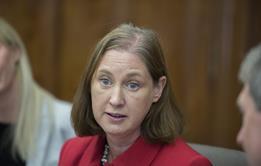
People with long-term conditions often prefer home care. Yet inadequate support means they often end up in hospital, at a cost to the NHS. Our expert panellists discussed how this problem can be addressed. By Alison Moore
 Currently
reading
Currently
reading
Roundtable: How best to support patients at home to ease the burden on the NHS?
- 2
- 3
- 4






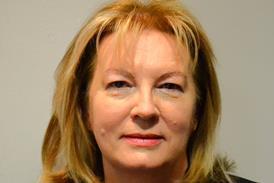




















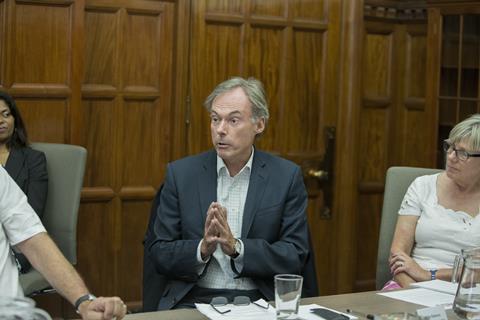
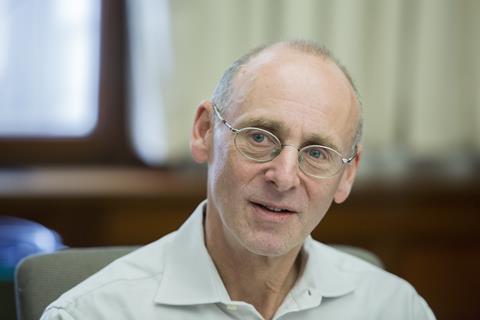
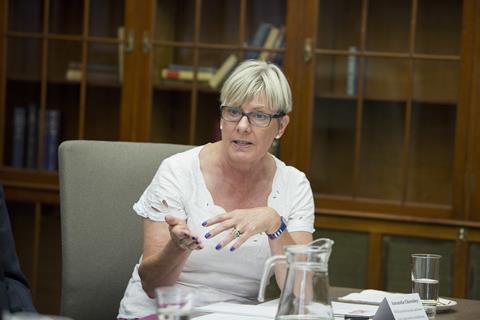


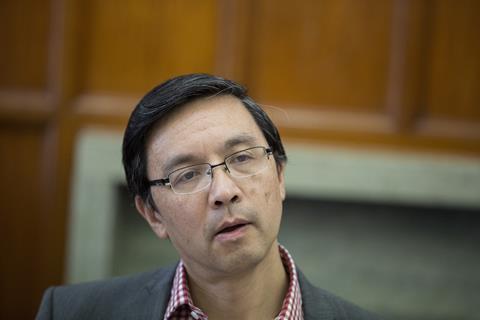
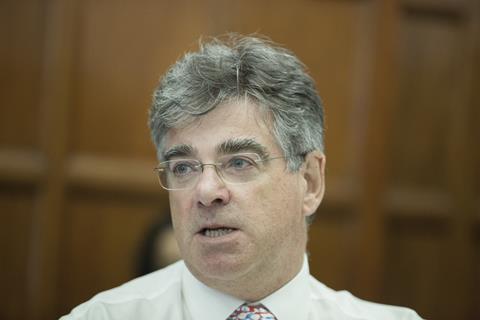










No comments yet